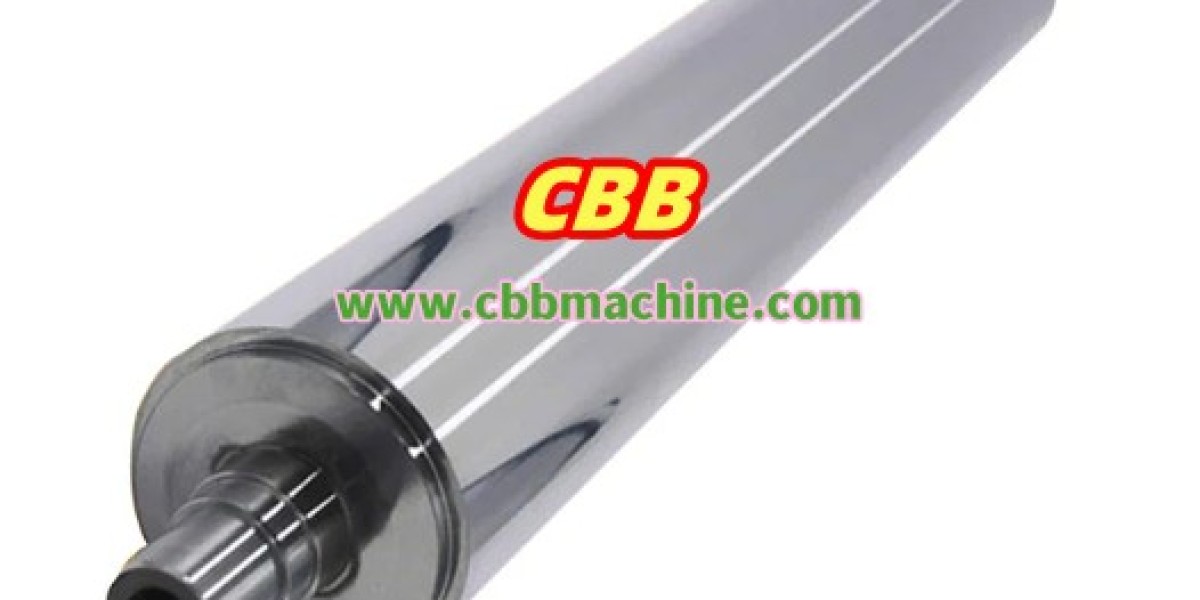In the evolving field of industrial processing, the Aluminum Roller designed by Cbbmachine has earned attention for its balance of precision and adaptability. Within material handling, coating, and mechanical transfer systems, rollers of this type help ensure consistent outcomes while reducing unnecessary wear on equipment. The integration of thoughtful engineering with a durable structure makes them a valuable choice for operations requiring steady movement and uniform pressure distribution.
One of the notable features of such rollers lies in their ability to align with multiple sectors. In packaging lines, they guide materials without compromising surface quality. In textile and paper processing, they maintain tension while supporting continuous output. Even in specialized coating or lamination systems, their presence reduces friction, ensuring smoother layers and improved consistency. These functions highlight how the right mechanical component can influence efficiency at many stages of production.
The construction of these rollers relies not only on the inherent strength of aluminum but also on the versatility it offers. Aluminum brings a combination of lightness and resistance that allows machinery to operate with lower energy demand while maintaining stability under repeated cycles. This dual quality enables industries to optimize their systems without adding unnecessary complexity or excessive maintenance requirements.
Moreover, their adaptability extends beyond standard use. By adjusting surface treatments or finishes, the rollers can be tailored to specific operational needs, whether to handle delicate surfaces or to manage demanding throughput. This flexibility ensures that the component remains relevant across diverse machinery types.
Equally important is the role such rollers play in supporting long-term reliability. Consistent geometry and well-managed thermal properties reduce the chance of deformation, which translates into more predictable system behavior. In industrial settings where downtime is costly, this element of reliability becomes central to planning and performance.
When evaluating equipment components, attention often shifts toward innovation that directly supports practical benefits. Here, the significance lies not in unnecessary complexity but in creating balance between durable material selection and smart mechanical design. The result is a component that fits seamlessly into daily operations while continuing to respond to new requirements as they emerge.
For those considering ways to refine their production systems, the next step is simple yet impactful. A deeper look into the possibilities begins with a visit to https://www.cbbmachine.com/news/industry-news/aluminum-roller-vs-pvc-roller-which-one-is-better.html , where the pathway from concept to application reveals itself not as a distant prospect but as an accessible point of decision.








